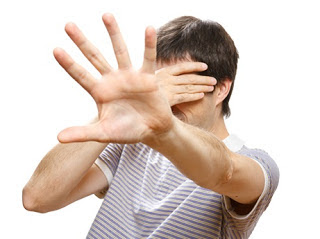What Causes Constipation in Adults
I'm sure you have many questions such as what can cause constipation or what foods cause constipation. For now, we will concentrate on the condition itself.
What Causes Constipation
Constipation is a condition that causes a backup in your digestive system. The food you eat can take several days to exit your body.
Hard Stools
And for many, constipation can become chronic, meaning regularly passing lumpy hard stools accompanied by straining. What's behind this unsettling phenomenon?
Colon
Constipation arises in the colon, also known as the large intestine. This muscular organ is split into four sections, the ascending, transverse, descending, and sigmoid colon, which connects with the rectum and anus.
As this stool moves through the colon, the organ siphons off most of the water it contains, transforming it from liquid to solid.
The longer this transmission takes, the more reabsorption occurs, resulting in an increasingly solid stool.
Sigmoid Colon
Once it reaches the sigmoid colon, a final bout of reabsorption occurs before it enters the rectum, distending its walls and telling the internal anal sphincter to relax.
This is the point where you can usually decide whether to physically expel or retain the stool. That’s regulated by the pelvic floor muscles, particularly the puborectalis and external anal sphincter.
Puborectalis
The puborectalis forms a sling-like formation around the rectum called the anorectal angle. And when you voluntarily relax your external anal sphincter, the stool is finally expelled.
When you’re constipated, however, a desire to visit the bathroom isn't enough to coax your body into action.
Usually, there are two factors behind this problem, the stool’s slow movement through the colon and/or pelvic floor dysfunction.
Stool Movements
At first, the stool moves excessively slowly through the intestines, causing over-absorption of liquid, which makes the stool dry and hard.
With pelvic floor dysfunction, the stool becomes difficult to eliminate from the rectum because of tightened pelvic floor muscles, or due to pelvic organ prolapse, usually through childbirth or aging.
Bristol Stool Chart
Both of these problems make the anorectal angle acuter and it becomes difficult to expel waste. To identify constipation precisely, researchers have developed metrics, such as the Bristol Stool Chart.
Most people who look at that chart will be able to tell they’ve experienced constipation before. When you’re on the toilet, you should ideally be in a squatting position.
With your buttocks firmly on the toilet seat, you can elevate your feet on a stool and lean forward with a straight back, which straightens the anorectal angle and eases the passage of waste.
Chronic Constipation
Going a day without a bowel movement isn’t necessarily cause for alarm. But if you are experiencing chronic constipation, simple dietary and lifestyle changes, like fibrous vegetables, regular exercise, abdominal massage, and 6 to 8 cups of water per day may help restore your daily trip to the toilet.



